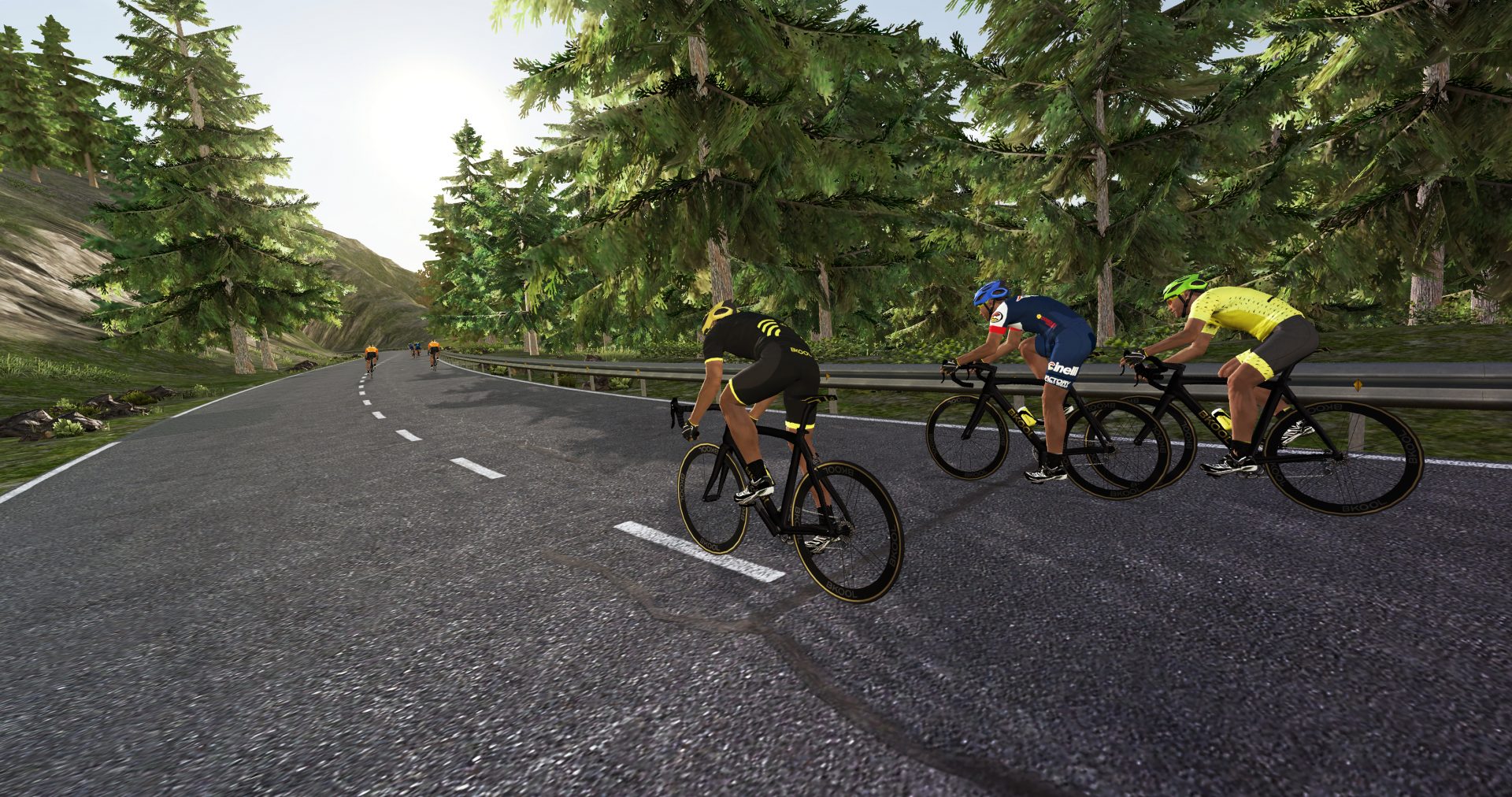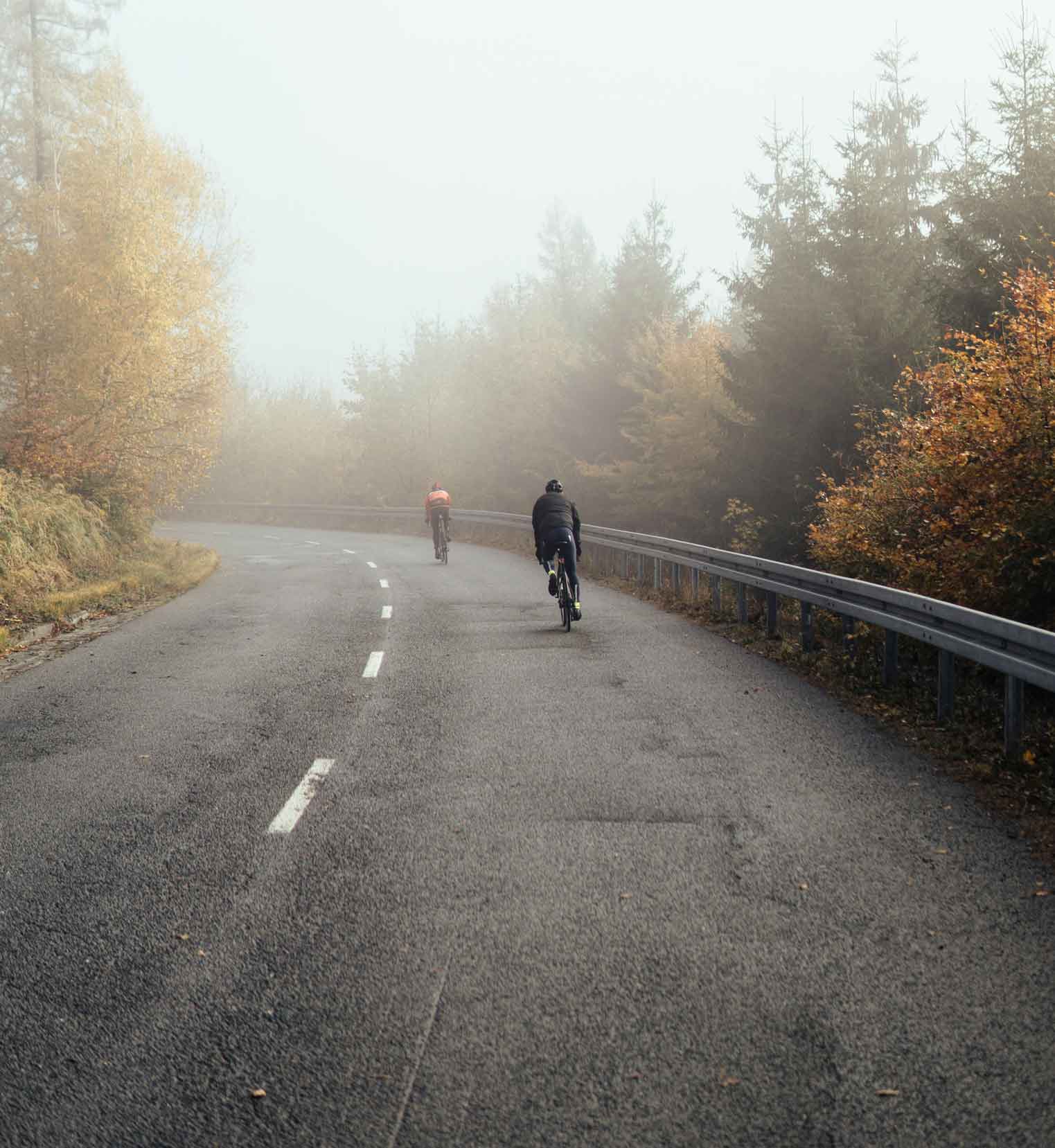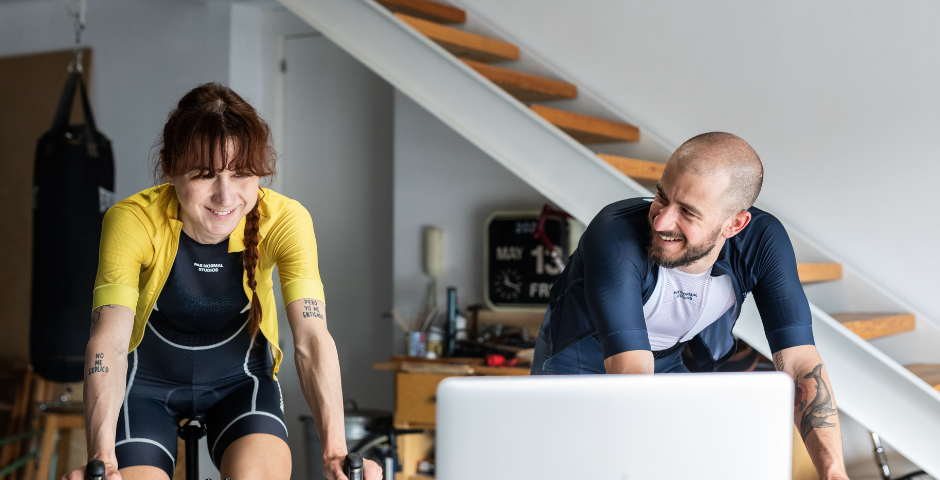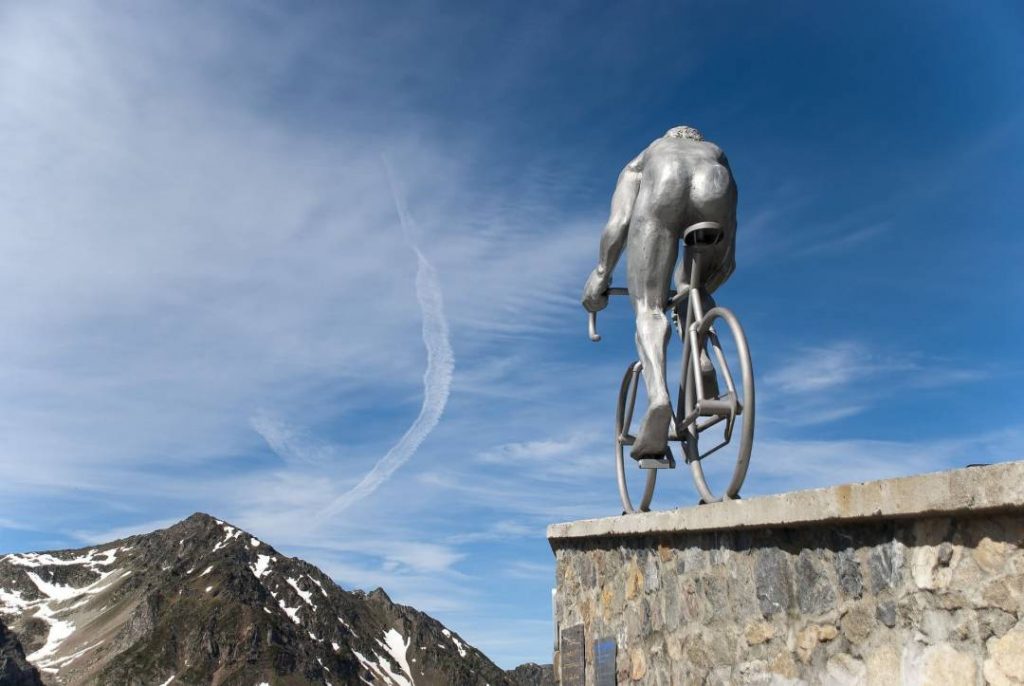One of the great virtues of Spain is the almost endless catalogue of cycling climbs that we can enjoy. We have seen them throughout the international cycling calendar, in top level races, but we have also seen them through relevant blogs that are dedicated to analysing our orography and trying to discover where “the new L’Angliru” is.
Many of these routes allow us to fight against the asphalt and the impossible slopes, test our progress and feel how it is to run out of cadence through its ramps. The downside: travelling. And not just because of the possible restrictions, but also because of the logistical management involved in getting away for a weekend to climb mountain passes.
Fortunately we, your friends at BKOOL, can make you feel the same sensations without leaving home with our video routes and 3D. That’s why today we want to introduce you to a series of passes with video and 3D view that, because of their level of difficulty, we think it’s worthwhile facing them someday.
The Ascent of the Teide

Tenerife and Las Palmas de Gran Canaria are two islands with a very simple orography: you can only go up and down. That’s why big teams of the international cycling scene choose them frequently to carry out their stages.
Of all the climbs we could have chosen, we have chosen the Teide. Spain’s highest peak offers short and long routes (if one day you want a four-hour ascent you have it), but we have chosen one that starts in the village of Vilaflor that will take you about an hour to complete: eleven kilometers along which you will accumulate more than 700 meters of positive elevation.
Quite a challenge, isn’t it?
Alto de Hazallana

For the second ascent we go to Granada. What are we going to discover in the Andalusian province that hasn´t already been said? At the foot of the Sierra Nevada, this whole area offers a great variety of cycling routes. Although it does have steep slopes, the most common trend is to find long climbs that will gradually undermine your endurance.
Just take a look at the ascent to the mythic Veleta. As in the case of the Teide, if you want, you can face forty kilometers with 1,700 of elevation gain.
In order to get on the trainer we are going to be a little less demanding and look for another climb that in just one hour measures our capacity for effort, the Alto de Hazallana. Starting in Güejar Sierra, it takes us over a little more than eight and a half kilometers to climb a total of 583 meters.
El Boyar

We do not leave Andalusia for our third proposal, El Boyar, in the heart of Sierra de Grazalema
On this route, located in a true natural paradise in the surroundings of Ubrique, we find a hard, long climb with ramps that at some point exceed eight percent for stretches over a kilometer in distance. Although it has a small break around the four and a half kilometer mark, the general tone is to be climbing since we left the village of El Bosque, until we reach the Puerto del Boyar, northeast of the province of Cadiz.
In total, fifteen kilometers of route with an average of 5.85% that lead us to accumulate a total of 811 positive meters.
Alto de L’Angliru

Yes, possibly the hardest mountain pass in Spain, not suitable for everyone, but we were reluctant not to put it on. How can you not face at some point in your life such a mythic ascent as this Asturian pass? It seemed unforgivable on our part.
If you want to face it, arm yourself with patience, courage, and a 34 back, because you’re going to need it: you will have few moments of relaxation from the moment you take the start in La Marina.
Except for the first kilometer, right at the start, and the fifth, which is an oasis in the desert at 2.6%, the rest are ramps that will bring out the best (and the worst) in you: the area of Les Cabanes with a kilometer at 15% (and at some point at 20%) and the famous Cueña Les Cabres, with a kilometer at 17.4% and a maximum ramp at 22%.
Time to complete it? We don’t dare tell you, but our recommendation is that you don’t make plans the day you decide to face it. It’s only 13.3 kilometers, yes, but with a total ascent of 1,700 meters? Almost nothing…
La Cubilla

We do not go very far for the fifth of the ascents, which has also had its specific weight in professional races: the Alto de La Cubilla.
Although in its complete ascent starting in Campomanes there are more than 28 kilometers of flat ascent, we opted for a shorter ascent -and with more demanding sections- starting in La Cortina, very close to the road that goes from León to Oviedo. In total, a little more than 18 kilometers of ascent with 1,100 meters of positive vertical drop.
From our point of view, an ideal route for that day when you feel like facing two hours of simulator.
Port de Vidré

We completely change register and we go to the Levantine lands, to Castellón, to face another demanding pass, although more accessible for short and intense rides.
Leaving from Atzeneta del Maestrat in the direction of Teruel, we have a few soft first kilometers, to condition the legs, before facing almost eleven kilometers that do not go below 5% elevation gain.
At the top, in Colla de Vidré, we will have accumulated 650 meters of positive elevation gain in an ascent at 4.95% on average.
Lagos de Covadonga

For the end, we have left for dessert a legend in its own right, the ascent to the Lagos de Covadonga from Cangas de Onis. How many times have you sat on the couch to watch the professionals fight with the humidity and the cold trying to get to the top of the pass?
Now you can be the protagonist, taking control through your handlebars and the BKOOL screen. It won’t be easy, no doubt: more than 22 kilometers (nine of which are very hilly, it’s also true), for a total ascent of 1,100 meters.
The reward along the way? Spectacular views.
BKOOL is the most complete cycling simulator on the market, try it FREE for 7 days!
 Go to BKOOL
Go to BKOOL





